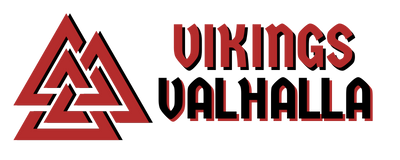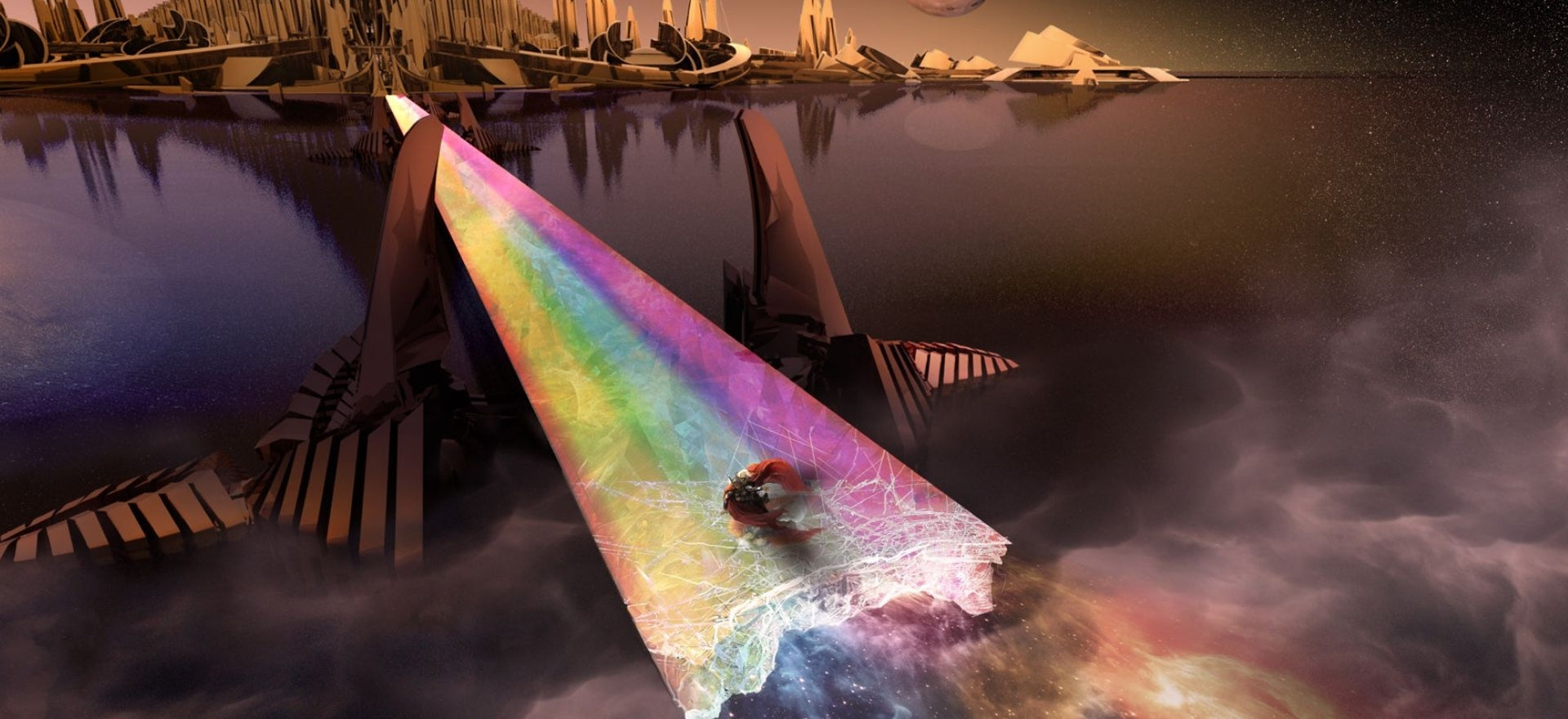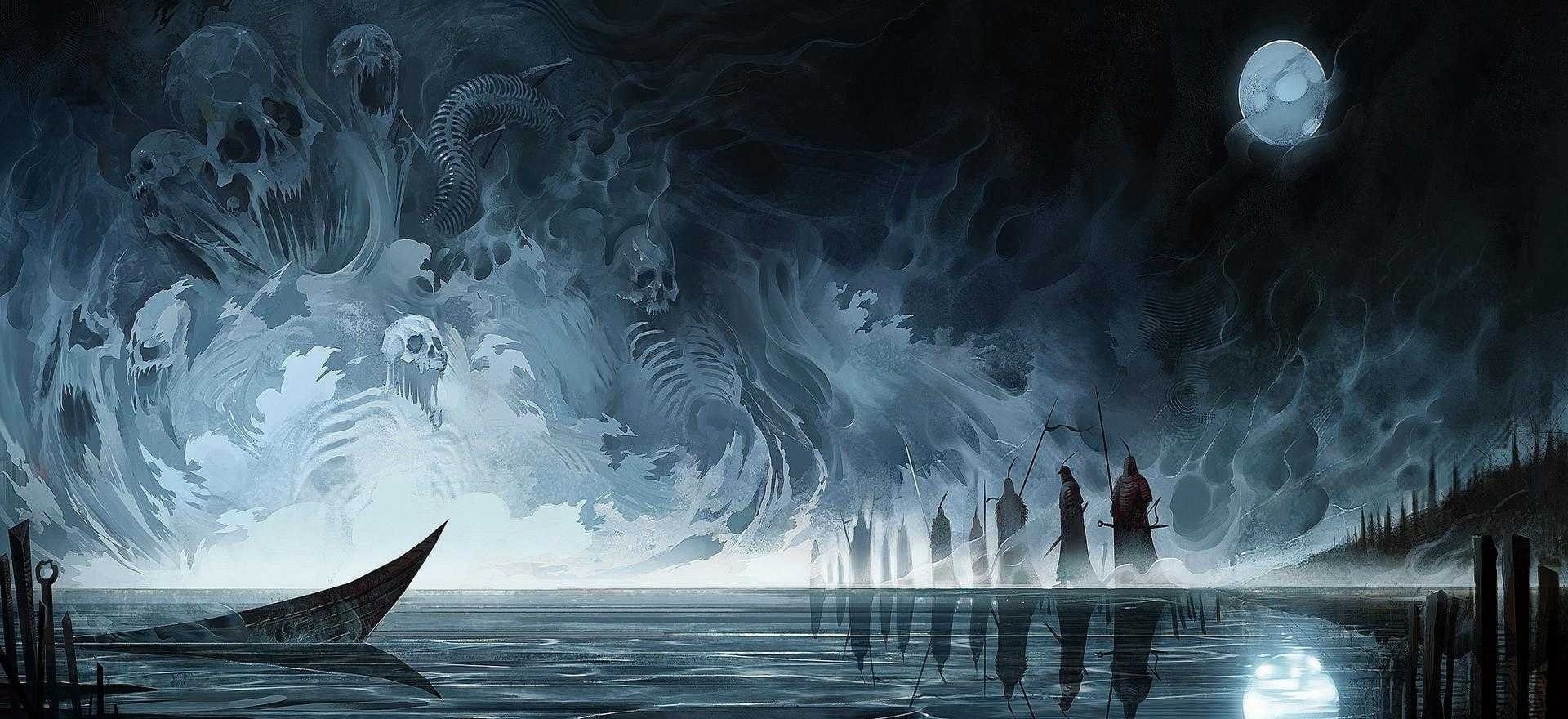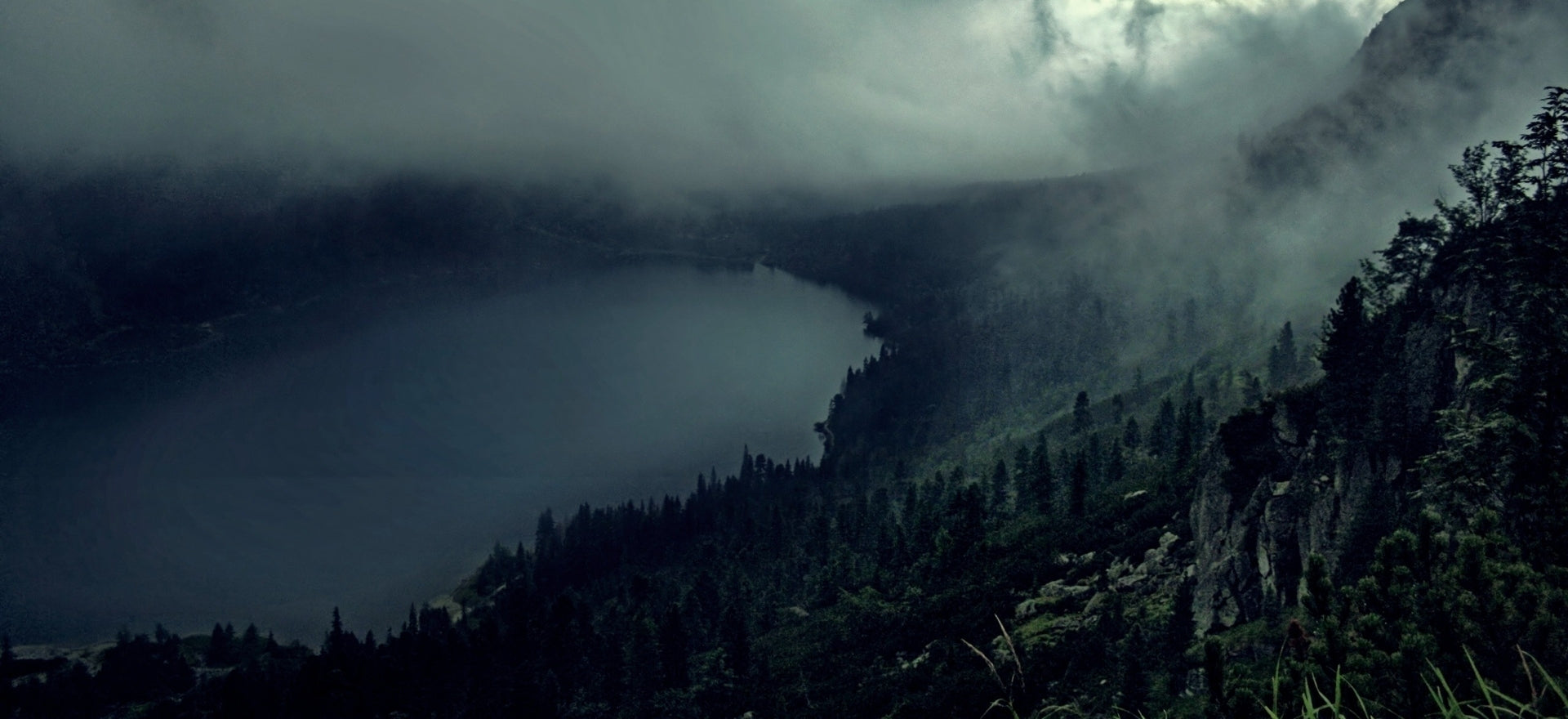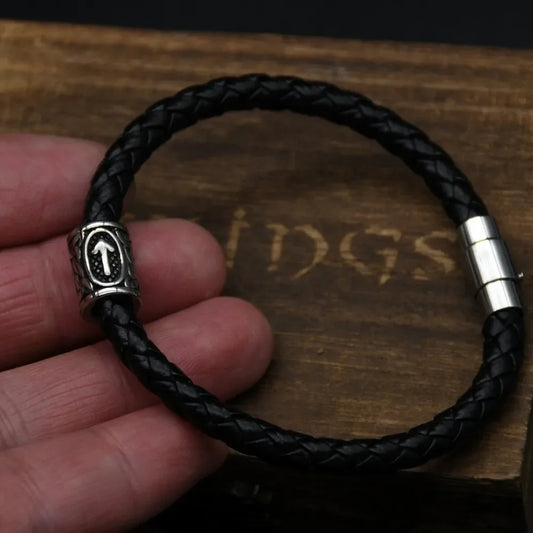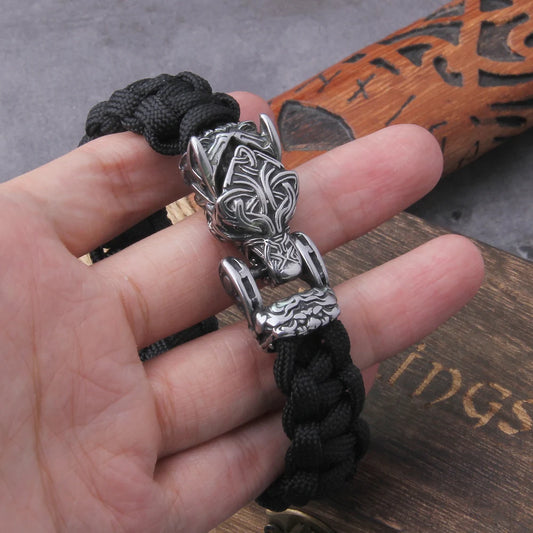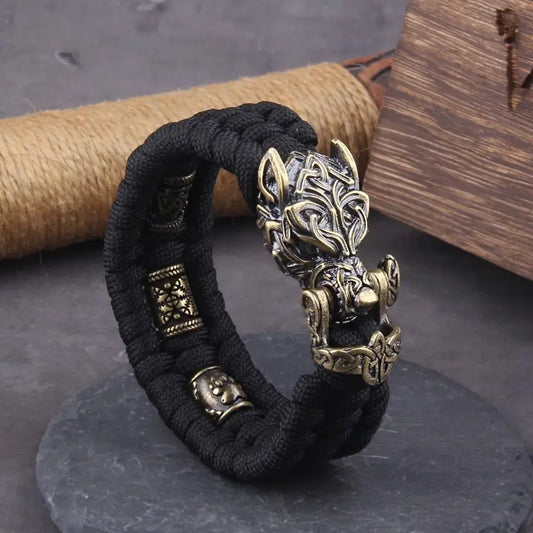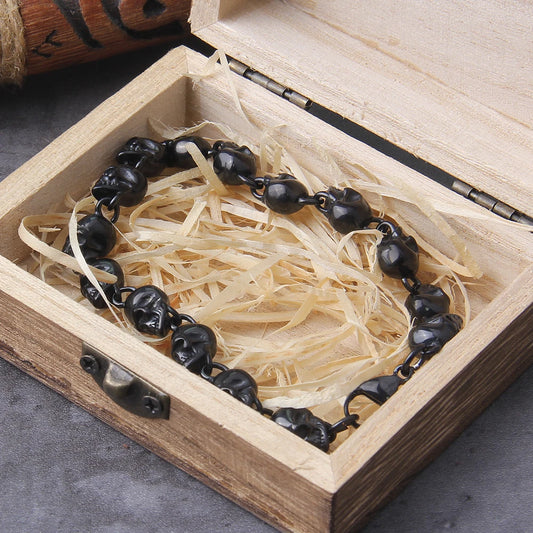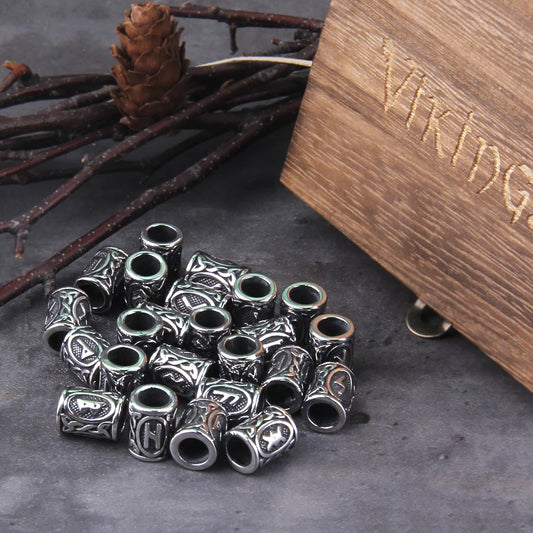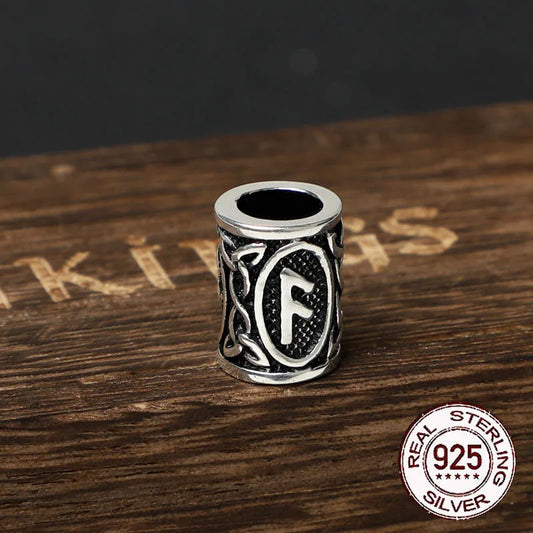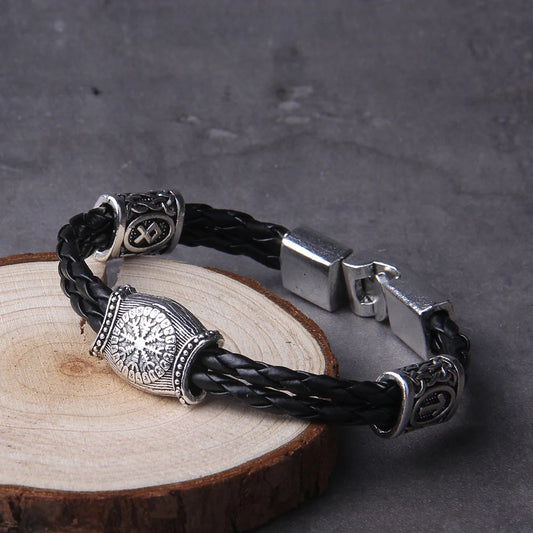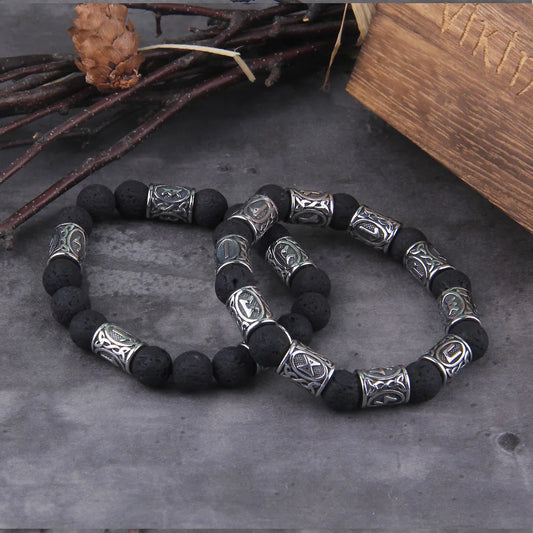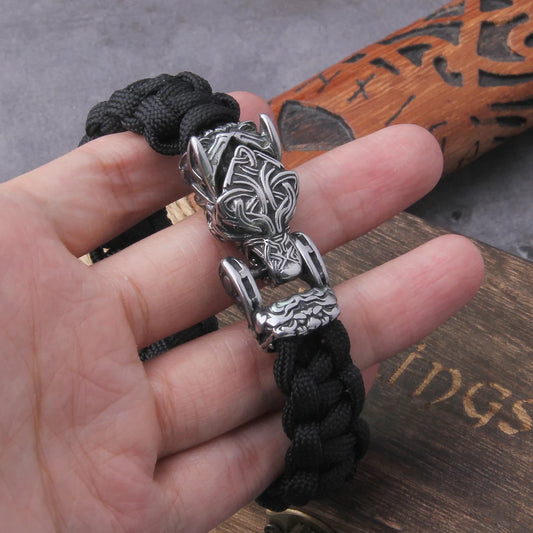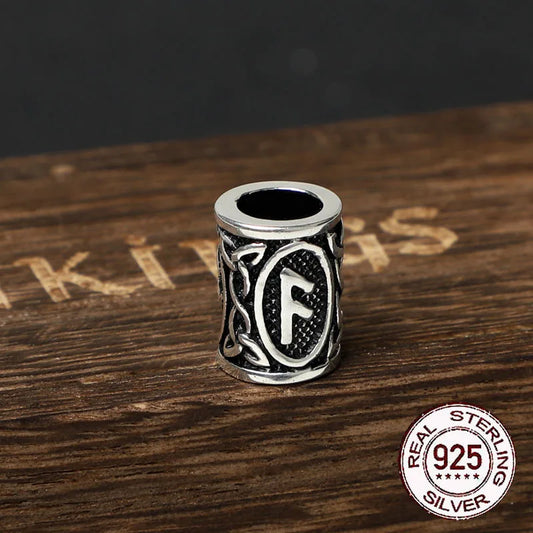In Norse mythology, Midgard (in Old Norse Miðgarðr) is the world of men created by the gods Odin and his brothers, Vili and Ve after the battle with the primordial giant Ymir.
The etymology of the name derives from mið/mid ("middle, center") and garðr/gard ("settlement, rural residence"). The Norse word garð is related to two modern Scandinavian words: gård ("yard", "farm", "isolated rural residence", cf. "yard" in English) and gärd ("farmyard", "cultivated field surrounded by fence or hedge").
In that sense, Midgard is the name of the Earth settled by men, a "settlement/residence in the center of the known world," hence the common term "Midland."
After the battle, Odin and his brothers Vili and Ve took the corpse of the giant Ymir and carried it into the great abyss to begin the creation of a habitable world. Thus, with his skin they created the earth, with his blood and sweat the oceans, with his bones the rocks and mountains, with his hair the vegetation, with his teeth the cliffs, where they also placed the giant's eyebrows to border the sea.
To conclude the work the Gods thought to close this world with the cranial vault of the defeated one, entrusting four dwarves to hold it. These were called Norðri, Suðri, Austri and Vestri and symbolized the four cardinal points. When the skull of the vanquished was placed in the vault of heaven, his brains were scattered in the air, giving rise to the clouds.
However, even this new territory was still dark, so the gods decided to go to Muspelheim to steal the sparkles from Surtr's sword. With the two biggest ones they created the Sun and the Moon and with the rest the stars.
The Sun and the Moon were placed on two chariots that would rotate endlessly over Midgard, taking turns in the firmament to create day and night. To keep the perpetual spinning of the chariots alive they made the wolves Sköll and Hati chase them, trying to catch them without succeeding, except on exceptional occasions, when eclipses occur.
The two wolves symbolized "repulsion" and "hatred" respectively. The chariot of the Sun was pulled by the white steed Skin, which with its trotting produced the bright light of day, while the other chariot was pulled by Hrim, a black horse that produced dew and frost.
Once the gods contemplated their work, they only added the seasons of winter and summer and thought it was ready to receive the first humans.
Featured collection
-
Norse Viking Bracelet Valknut Runes Beads, Bracelet Stainless Steel
Regular price From $25.97 USDRegular priceUnit price per$0.00 USDSale price From $25.97 USD -
Never Fade Rock Viking Wolf Bracelet Men's handmade cord Wolf Bead Punk Bracelets Biker Jewelry
Regular price From $14.40 USDRegular priceUnit price per$0.00 USDSale price From $14.40 USD -
Never Fade Rock Viking Wolf Bracelet Men's handmade cord Wolf Bead Punk Bracelets Biker Jewelry
Regular price From $23.10 USDRegular priceUnit price per$0.00 USDSale price From $23.10 USD -
Gun Black Vintage full Stainless Steel Skull Beaded Skull Bracelet for Men Bracelets Gothic packing by wooden box as gift
Regular price From $12.69 USDRegular priceUnit price per$0.00 USDSale price From $12.69 USD -
Stainless Steel 24pcs/lot Viking Runes Beads Charms TIWAZ TYR Sol rune Odal Futhark Rune beads for Hair Beard with wooden box
Regular price From $24.39 USDRegular priceUnit price per$0.00 USDSale price From $24.39 USD -
S925 Sterling Silver Viking beard Beads Hair Beads with keel chain and cow leather chain and vintage wood box as gift
Regular price From $31.50 USDRegular priceUnit price per$0.00 USDSale price From $31.50 USD -
Nordic Amulet Runic Runes Beads Talisman Valknut Vegvisir Compass Trinity Symbols Viking Bracelet Men Women Vikingos Jewelries
Regular price From $8.07 USDRegular priceUnit price per$0.00 USDSale price From $8.07 USD -
Volcano Lava Stone Beads stainless steel Runes Beads Men Bracelet Viking Rune Bracelet Fashion Charm Beads Bracelet wooden box
Regular price From $10.38 USDRegular priceUnit price per$0.00 USDSale price From $10.38 USD -
Never Fade Rock Viking Wolf Bracelet Men's handmade cord Wolf Bead Punk Bracelets Biker Jewelry
Regular price From $15.00 USDRegular priceUnit price per$0.00 USDSale price From $15.00 USD -
S925 Sterling Silver Viking beard Beads Hair Beads with keel chain and cow leather chain and vintage wood box as gift
Regular price From $31.50 USDRegular priceUnit price per$0.00 USDSale price From $31.50 USD
